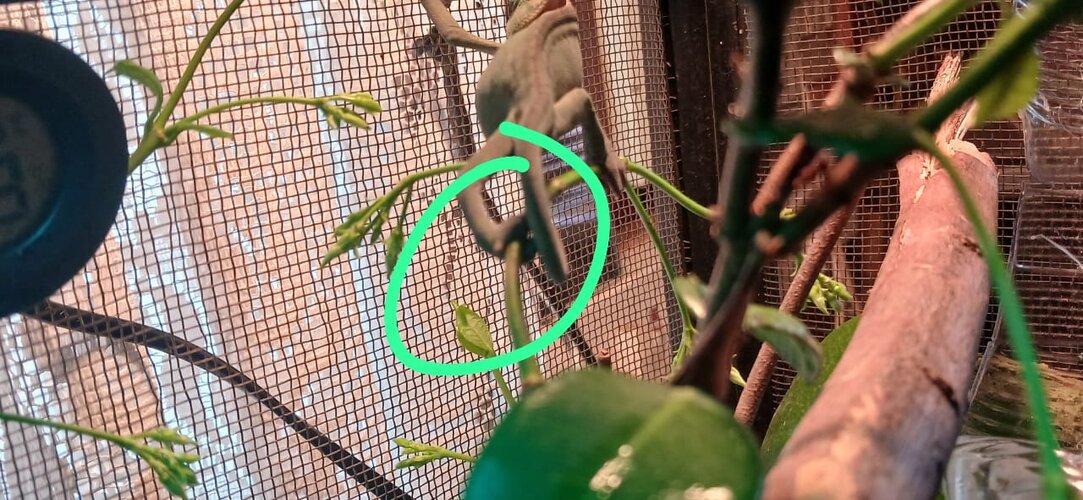twosidedwolf
Member
Good evening all so sorry to bother so we have gotten a new baby cam about 3 weeks ago his about 12 weeks old now just wane make sure he looks healthy and still doing well we give him a hour or 2 sunlight and our uvb 5.0 pop so had to get the ice-cream cone globe till we can get a new one in two weeks we moved the heating lamp up so to make sure he does not over heat or get burn
Attachments
-
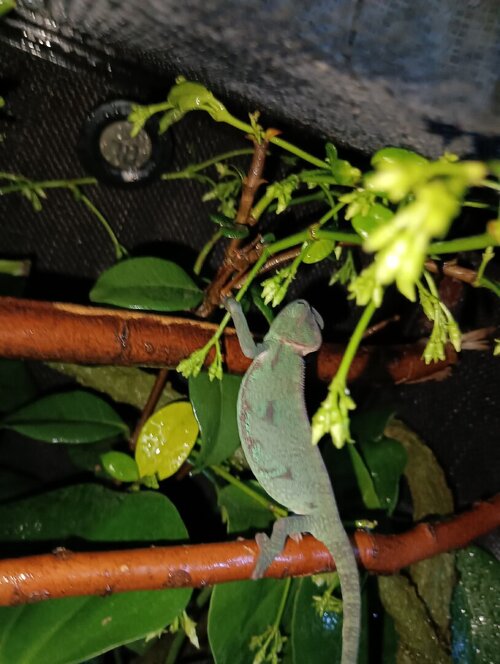 IMG20241017185219.jpg130.6 KB · Views: 5
IMG20241017185219.jpg130.6 KB · Views: 5 -
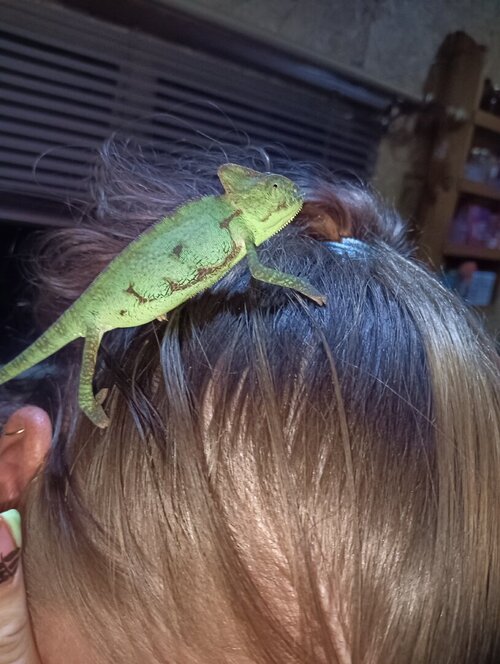 IMG20241017185146.jpg150.9 KB · Views: 5
IMG20241017185146.jpg150.9 KB · Views: 5 -
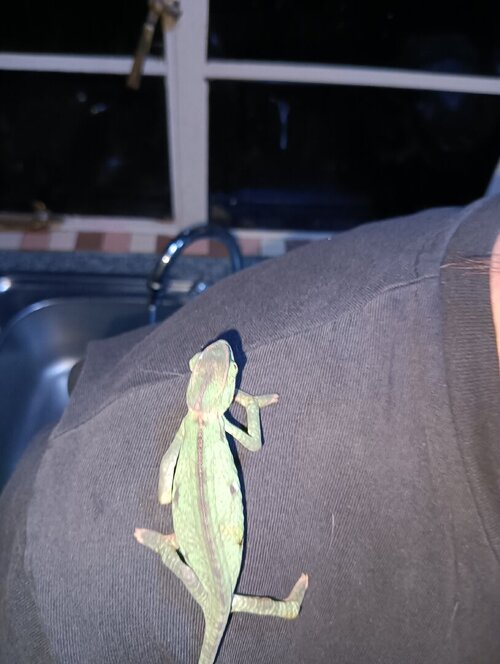 IMG20241017185128.jpg114 KB · Views: 6
IMG20241017185128.jpg114 KB · Views: 6 -
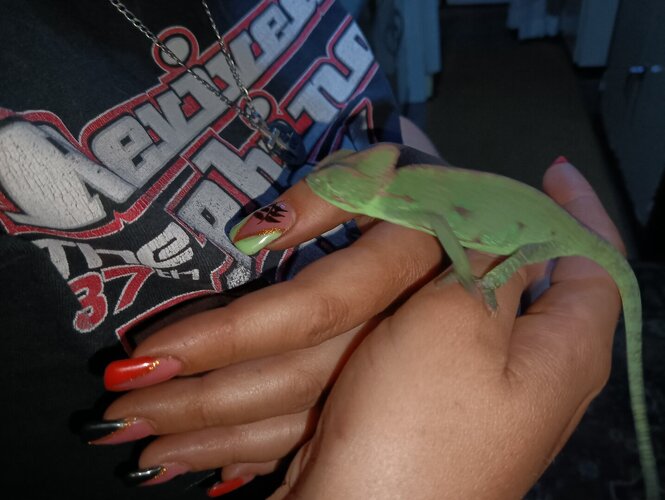 IMG20241017185117.jpg178.9 KB · Views: 6
IMG20241017185117.jpg178.9 KB · Views: 6 -
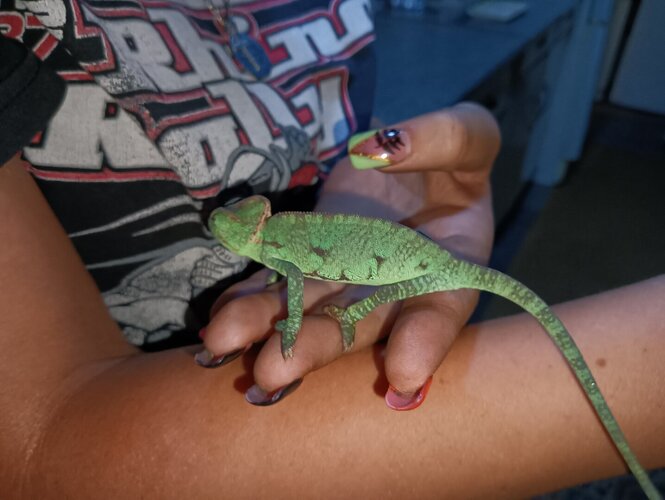 IMG20241017185112.jpg155.5 KB · Views: 5
IMG20241017185112.jpg155.5 KB · Views: 5 -
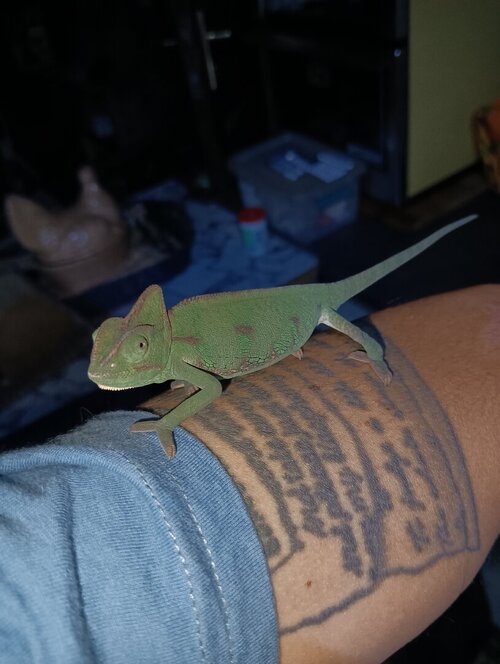 IMG20241017184628.jpg119.5 KB · Views: 6
IMG20241017184628.jpg119.5 KB · Views: 6 -
 IMG20241017184624.jpg89.9 KB · Views: 6
IMG20241017184624.jpg89.9 KB · Views: 6 -
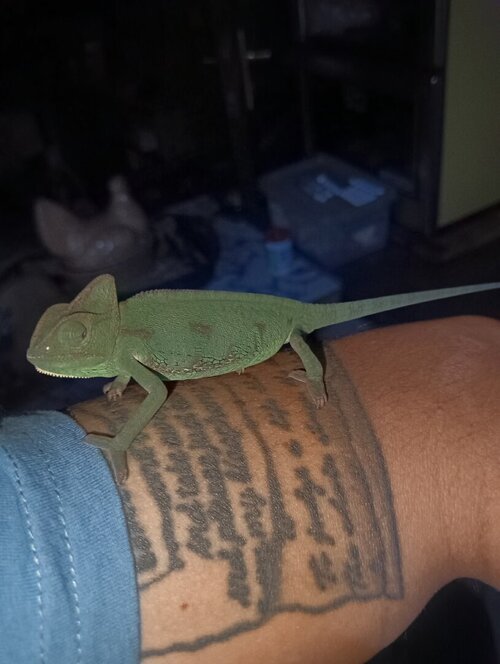 IMG20241017184617.jpg104.5 KB · Views: 6
IMG20241017184617.jpg104.5 KB · Views: 6 -
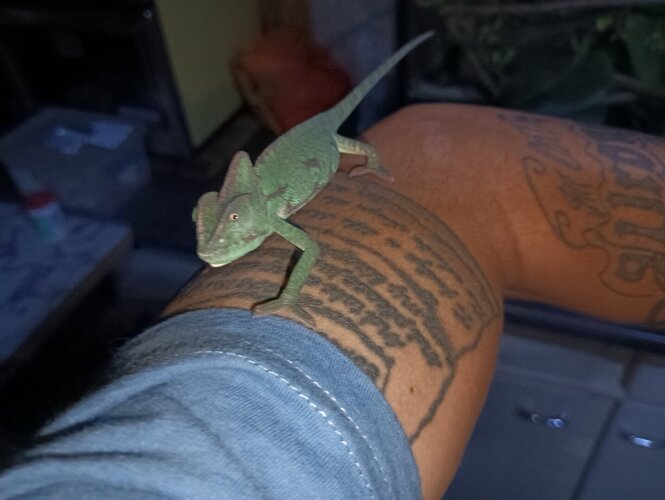 IMG20241017184610.jpg140.2 KB · Views: 6
IMG20241017184610.jpg140.2 KB · Views: 6 -
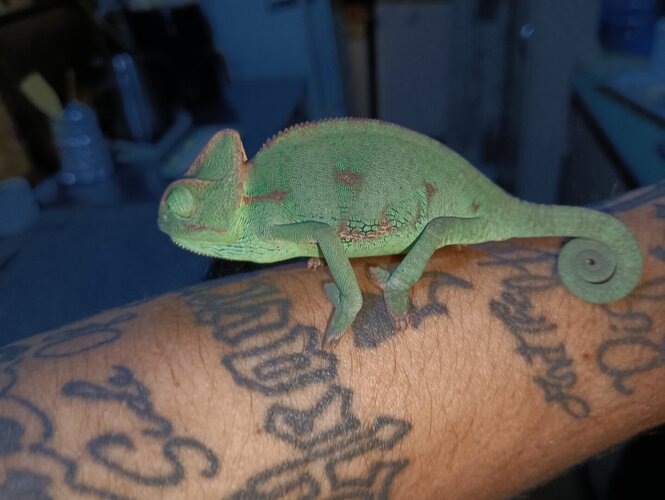 IMG20241017184529.jpg176.4 KB · Views: 7
IMG20241017184529.jpg176.4 KB · Views: 7




